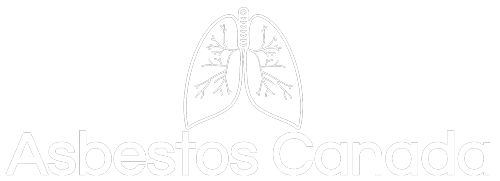Asbestos in Cement Products
It’s common for newly diagnosed mesothelioma victims to be shocked by their diagnosis. “But I didn’t work in an asbestos mine,” they say, “I’ve never handled raw asbestos. How was I exposed?”
The reality is asbestos does not need to be visually apparent to expose you to harmful fibres. Many at-risk occupations include those involving concrete and cement products, including:
- Bricklayers
- Stonemasons
- Roofers
- Rodmen
- Pipefitters
- Drywall installers
- Demolition and renovation teams
- Foundation contractors
Asbestos was widely used until about 1982. In fact, between the 1950s and early 1980s, entire buildings were constructed with asbestos-containing cement, meaning the workers involved in those projects are now at risk for mesothelioma and other delayed complications of asbestos exposure.
Examples of Asbestos Cement Products
Manufacturers once used asbestos cement in a wide range of products for homes, factories, ships, landmarks, and many other applications. Here are some examples:
- Masonry cement is a bonding agent used between cinder blocks, bricks, and stones. Before the dangers of asbestos were widely known, this material often comprised up to 10 percent of the masonry cement mixture to increase the finished product’s tensile strength and heat resistance.
- Cement pipe is used for municipal water and sewer lines. The workers who installed thousands of miles of piping 50 to 60 years ago were exposed to asbestos. The old pipes now needing repair or replacement put construction crews at risk to this day.
- Roofing products, including pre-cast concrete roofing panels and asphalt shingles, once contained asbestos. Crews installed the products by riveting the sheets together or using joint cement, exposing them to asbestos dust.
- Insulating cement for furnaces, pipes, and boilers starts as a dry powder mixed onsite. Cement used for insulating purposes rarely indicates if the product contains asbestos and that inhaling the powder is dangerous.
- Drywall cement, also known as joint compound or joint cement, is used when installing drywall. It’s wise to assume that any drywall installed before the mid-1980s contains asbestos.
The Dangers of Asbestos in Cement
While asbestos is relatively harmless when left undisturbed, exposure can occur during the production or installation of asbestos products. Occupational exposure is the most common concern, but secondary and environmental exposure can also occur.
Secondary exposure is when fibres cling to a worker’s clothes and are brought home, where family members may inhale or ingest them. Environmental exposure is when installed asbestos products deteriorate over time or are disturbed during a renovation, releasing fibres into the air for building occupants to breathe. Any individual in contact with asbestos fibres, no matter the source, is at risk of developing mesothelioma, asbestosis, or other health problems.
Seek Help from a Mesothelioma Lawyer
At Asbestos Canada, we are dedicated to seeking justice for mesothelioma victims. If you worked in a cement-related trade in the 1980s or earlier and now have been diagnosed with mesothelioma, contact us at 877-428-8000 to learn about compensation options. We’ll review your case for free and help you file a claim against the manufacturers of asbestos.
